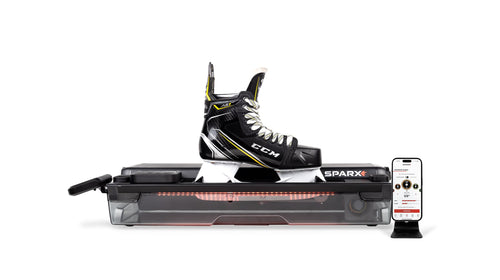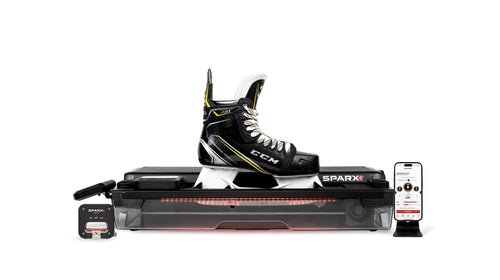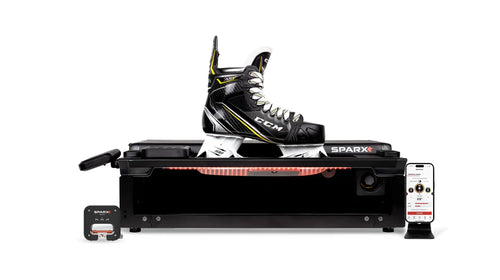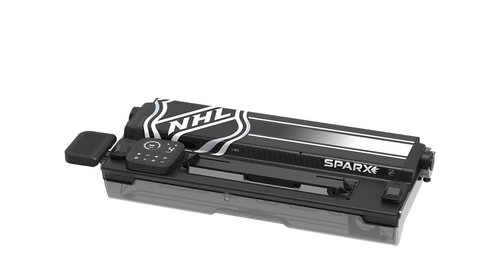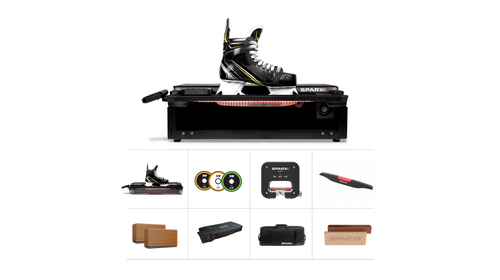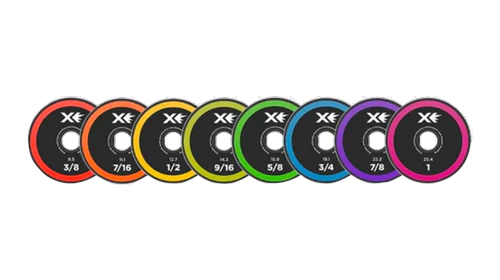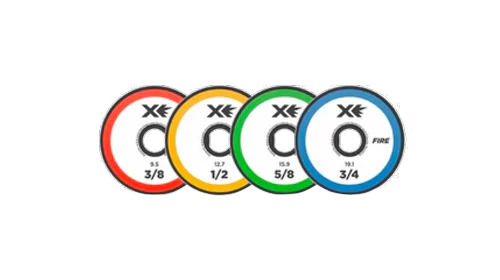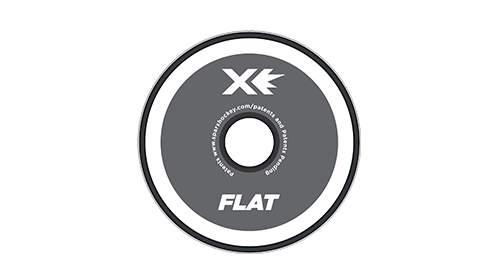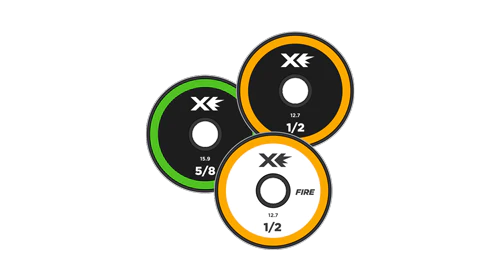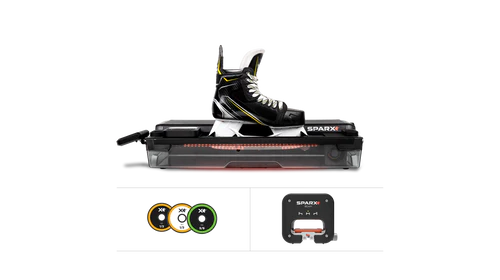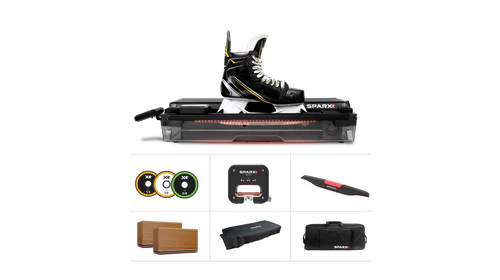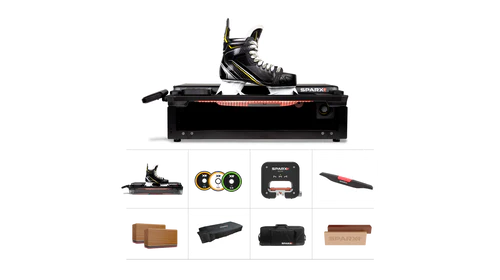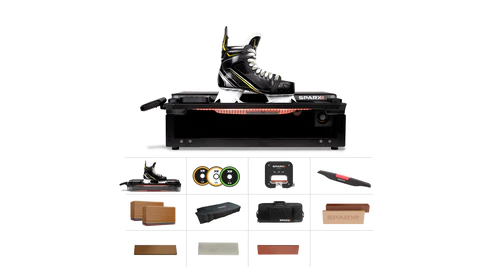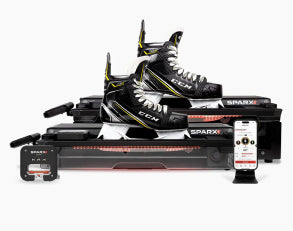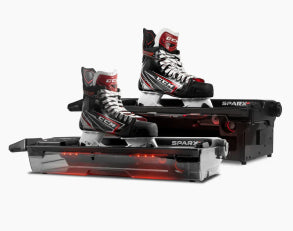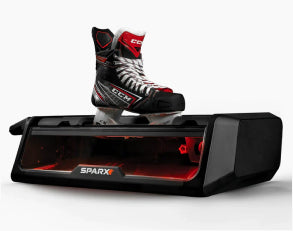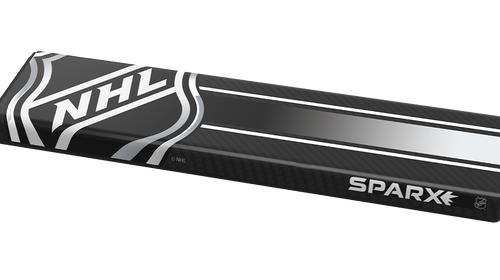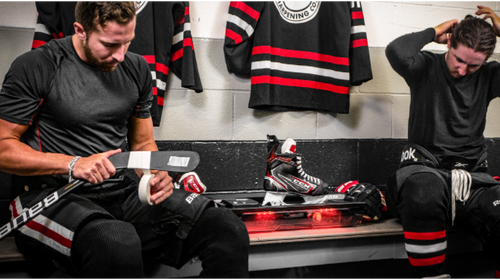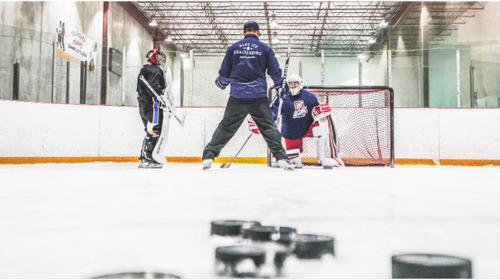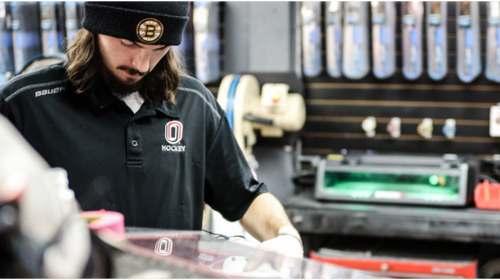At Sparx, we are obsessed with skate sharpening. We also know that lots of hockey players, while not obsessed, certainly know when the skates they are on feel great and when they feel like..., well, not so great. The problem is, they don't always know why. It turns out, the formula for an awesome skate sharpening is actually pretty simple.
Simple But Not Easy
As you will see, there are really only 3 things that matter when it comes to producing a really great skate sharpening result. As it turns out, really nailing those three things using traditional sharpening methods can be quite a challenge. Because there are so many mechanical and human variables in conventional skate sharpening, becoming a skilled expert is something that takes years of practice. This is why many hockey players will drive 30 minutes or more to get their skates sharpened by a person they know and trust. It is also not unheard of that people will FedEx their skates to be sharpened and returned every week! As hockey players, when we find a great skate sharpener, we tend to stick with them regardless of the inconvenience that may come along with it.
Over the past couple of years, as we've been designing and building the Sparx skate sharpener, we've been asked all sorts of questions regarding skate sharpening. From explaining radius of hollow (ROH) to the advantages of custom profiles. This next series of posts harvests, from our collective knowledge on the subject, all of the information you need to ensure you’re getting a great skate sharpening and making educated decisions.
Let's Boil it Down
Following are the three key factors in a perfect sharpening. We call these factors ESS. That's all, just ESS. Because why complicate things? ESS stands for Even, Sharp and Smooth. A properly sharpened skate should have Even edges, Sharp edges and a Smooth surface finish.
Even Edge Height
After having your skates sharpened, if you turn the skate upside down and look down the skating surface, it ought to appear perfectly level. A quick test for even edges is to lay a quarter on top of the blade. Any visible unevenness should be fixed. If the coin appears level, then your edges are likely sufficiently even.
Sharp Edges
The key to confidently turning and stopping is knowing that your edge will be there when you need it. A quick test for a sharp edge is to hold the skate upside down, place one thumbnail on the edge of the blade and gently pull down and away from the blade. A good, sharp blade will, with very little pressure, easily scrape a layer of your thumbnail, leaving the remnants on the blade.
Smooth Surface Finish
The final item you want to check is going to be the finish on the skating surface. This should be silky smooth. Any visible lines should run parallel to the skating surface and should be very faint. If you do see other lines, a quick test to determine if they will impact your skating performance is to take the very tip of your thumbnail and place it perpendicular to the skating surface. Gently press your nail against the skating surface and run your thumb the length of the blade. If you can feel any bumps at all, you will likely feel it when you are skating. The symptom will be a "dragging" feeling when you want to glide. The cause will be increased friction due to the pattern on the skating surface.
We suggest checking these three factors after every skate sharpening. In the next several posts, we will go over each of these subjects in greater detail.
If you have specific things you look for in a great sharpening or a test of your own you like to use, please do let us know by sharing as a comment.
`
